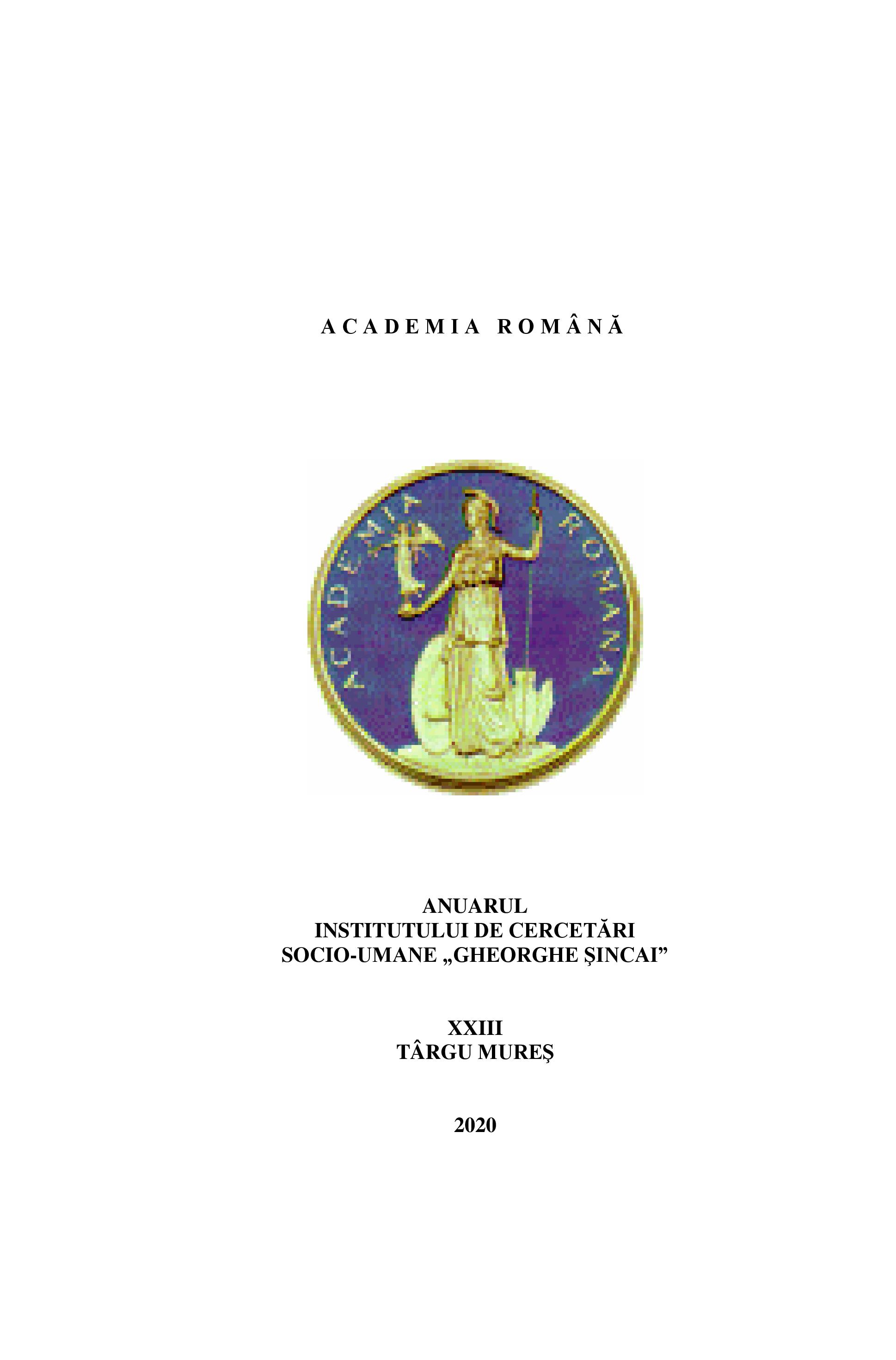REORGANIZAREA ETNICĂ A EUROPEI CENTRALE ȘI DE EST (1939-1952)
Ethnic Reorganization of Central and Eastern Europe
Author(s): Valentin LocotaSubject(s): History, Interwar Period (1920 - 1939), WW II and following years (1940 - 1949), Post-War period (1950 - 1989)
Published by: Institutul de Cercetări Socio-Umane Gheorghe Şincai al Academiei Române
Keywords: Hitler; Stalin; relocation; ethnic reorganization;
Summary/Abstract: Within a century and a half, with the creation of nation-states in the 19th century, the ethnic minority was transformed from a ally into an enemy. Through shift in values, which had as its main purpose, behind a declared ethnic reorganization, instated the withdrawal of the borders of the states of Europe. The two most infamous dictators of the twentieth century, Hitler and Stalin, wanted essentially the same thing - the seizure of new territories, resources and populations. The means they used were similar, the ideologies on whose behalf they did so differed greatly. The relocations were a chapter in this attempt at ethnic reorganization of Central and Eastern Europe that involved 16.5 million Europeans. In the end it was realized, but in the opposite direction to the plans of the two. At the end of World War II and after the collapse of communist regimes in the East, the German ethnic minority almost disappeared from this part of the continent. Only Stalin managed to place, on the Western flank of the borders of the Soviet Union, about 2.5 million Russians and Ukrainians, who occupied the territory left free by the recently expelled populations.
Journal: Anuarul Institutului de Cercetări Socio-Umane »Gheorghe Şincai« al Academiei Române
- Issue Year: 2020
- Issue No: 23
- Page Range: 123-136
- Page Count: 14
- Language: Romanian

